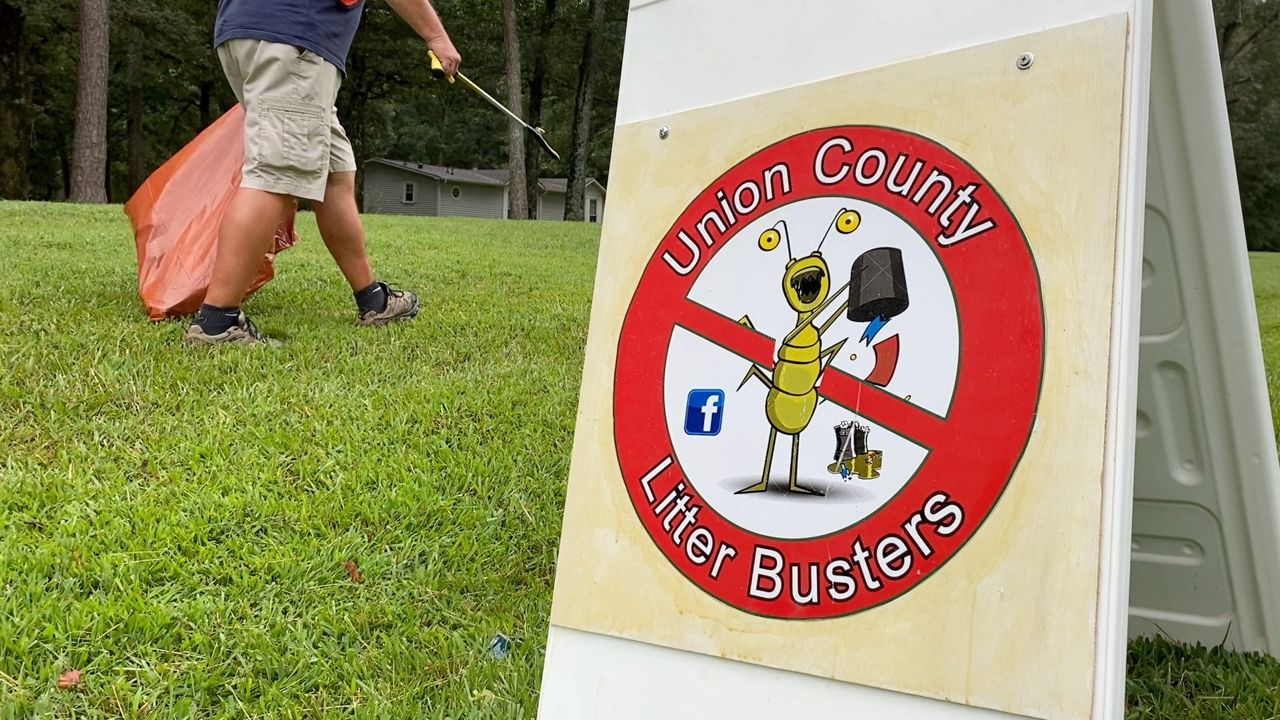NORTH CAROLINA -- More than 80 years ago, a policy known as "redlining” hurt African American neighborhoods, their economic opportunities, and their right to mortgages.
The practice was meant to separate Black communities from White.
James Griffin said he's familiar with the racial divide. Redevelopment swept his neighborhood, Warnersville, in the 1960s.
“I kind of look at it as just another tool of a way to kind of suppress Black economic power," Griffin said.
Forcing the economic opportunities in Black communities to decline, redlining produced similar suppression. Different forms of the practice are still happening today.
“People are basically steered to live in one part of the community over another," said Wanda Allen-Abraha, Human Relations Director for the City of Winston-Salem. "Oftentimes, African Americans in particular are disenfranchised when it comes to having access to those loans that others have access to.”
In 1968, the Fair Housing Act was enacted and made redlining a type of illegal housing discrimination.










